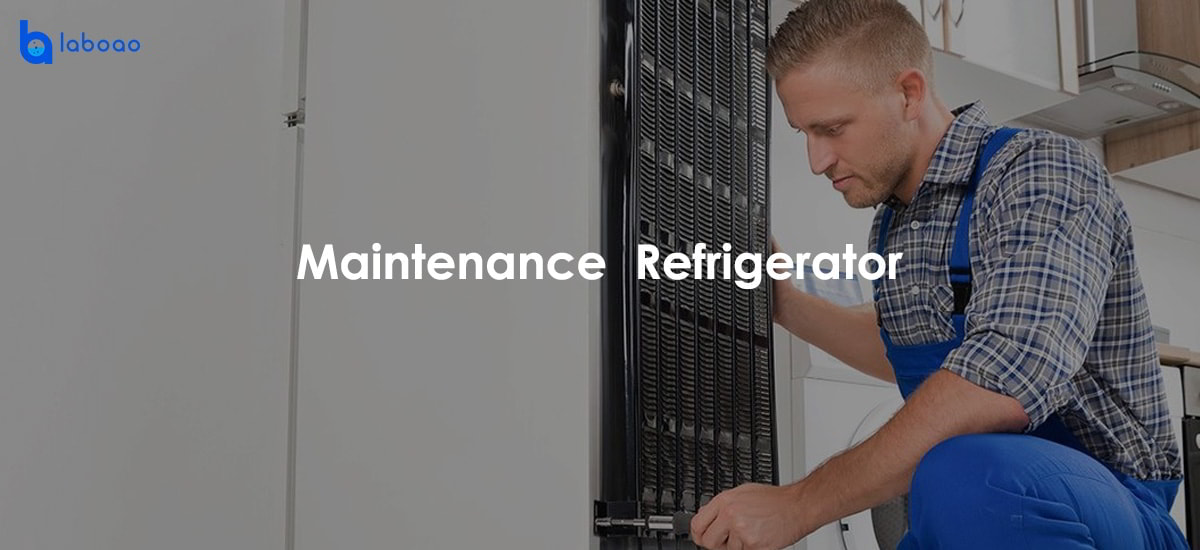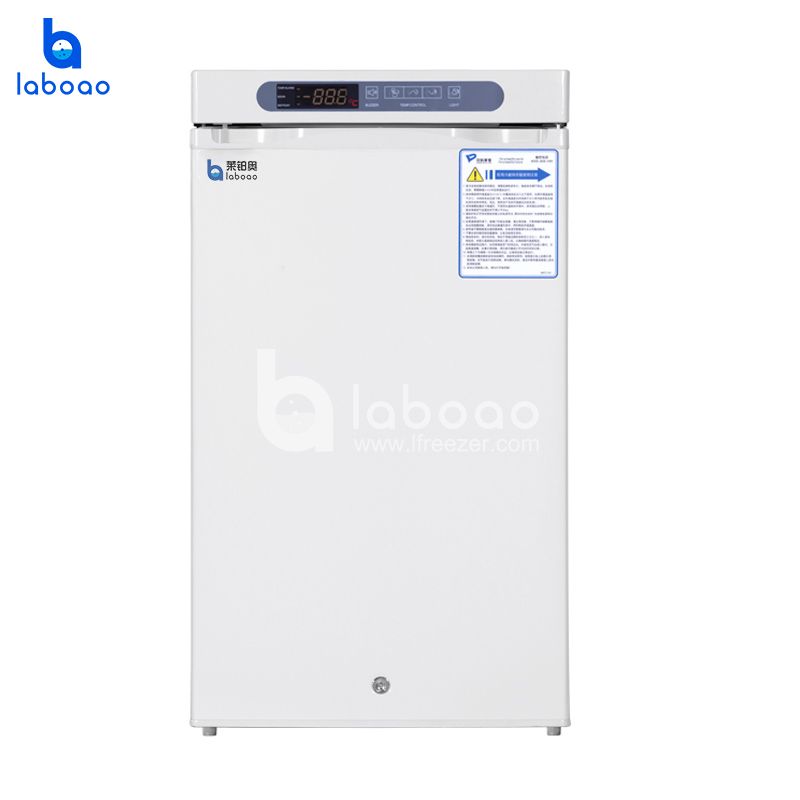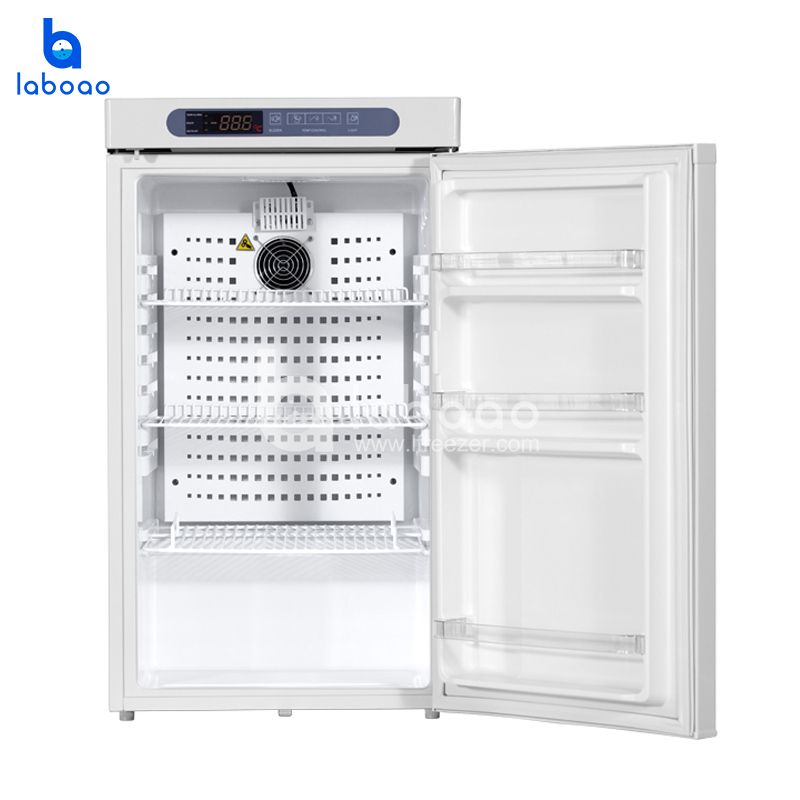
The maintenance and maintenance of low-temperature refrigerators are particularly important for prolonging their life and normal use. Inaccurate temperature control often leads to damage to the preserved objects, which greatly affects the experimental results and affects the normal progress of research work.
Medical ultra-low temperature refrigerators are scarce and expensive due to the scarcity of refrigerants, complex equipment structures, and high maintenance costs. Ultra-low temperature refrigerators are frequently damaged due to improper use and maintenance. In order to ensure the normal operation of the ultra-low temperature refrigerator and prevent equipment damage, it is recommended to pay attention to the following points:
1. Ensure the ambient temperature. The working environment temperature of the ultra-low temperature refrigerator must be below 30°C with good ventilation. Excessive temperature or poor ventilation can easily cause equipment overload operation and damage.
2. Regularly clean the heat dissipation filter (once every two months). If the filter is not cleaned for a long time, dust will block the mesh, resulting in poor heat dissipation, resulting in damage to the heat dissipation motor and the compressor. Please check the instruction manual for cleaning methods.
3. Regularly clean the icing at the refrigerator door seal. The door is not sealed tightly, and the heat preservation effect is seriously reduced, which can easily cause damage to the compressor due to long-term overload operation.
It is recommended to pay attention to the following points in the maintenance of medical low-temperature refrigerators:
1. Use a dry cloth to remove a small amount of dust on the inside and outside of the refrigerator and accessories. If the refrigerator is too dirty, use a neutral detergent and rinse thoroughly with pure water after cleaning. But do not flush the inside and the upper part of the refrigerator, otherwise it will damage the insulation material and cause malfunction. The compressor and other mechanical parts do not need to use lubricating oil. Be careful when cleaning the fan behind the compressor.
2. After cleaning, perform a safety inspection to ensure that the refrigerator plug is plugged in properly and not falsely connected;
3. Make sure that the plug is not abnormally hot; make sure that the power cord and distribution cord on the back of the refrigerator are not broken or nicked.
Low-temperature refrigerators are mainly used for low-temperature experiments and storage of special materials such as scientific research and medical supplies (plasma), biological products (storage organs, vaccines, soil samples), ocean products, electronic components, and chemical materials. It is used more in hospitals, universities, research units and industrial storage.

